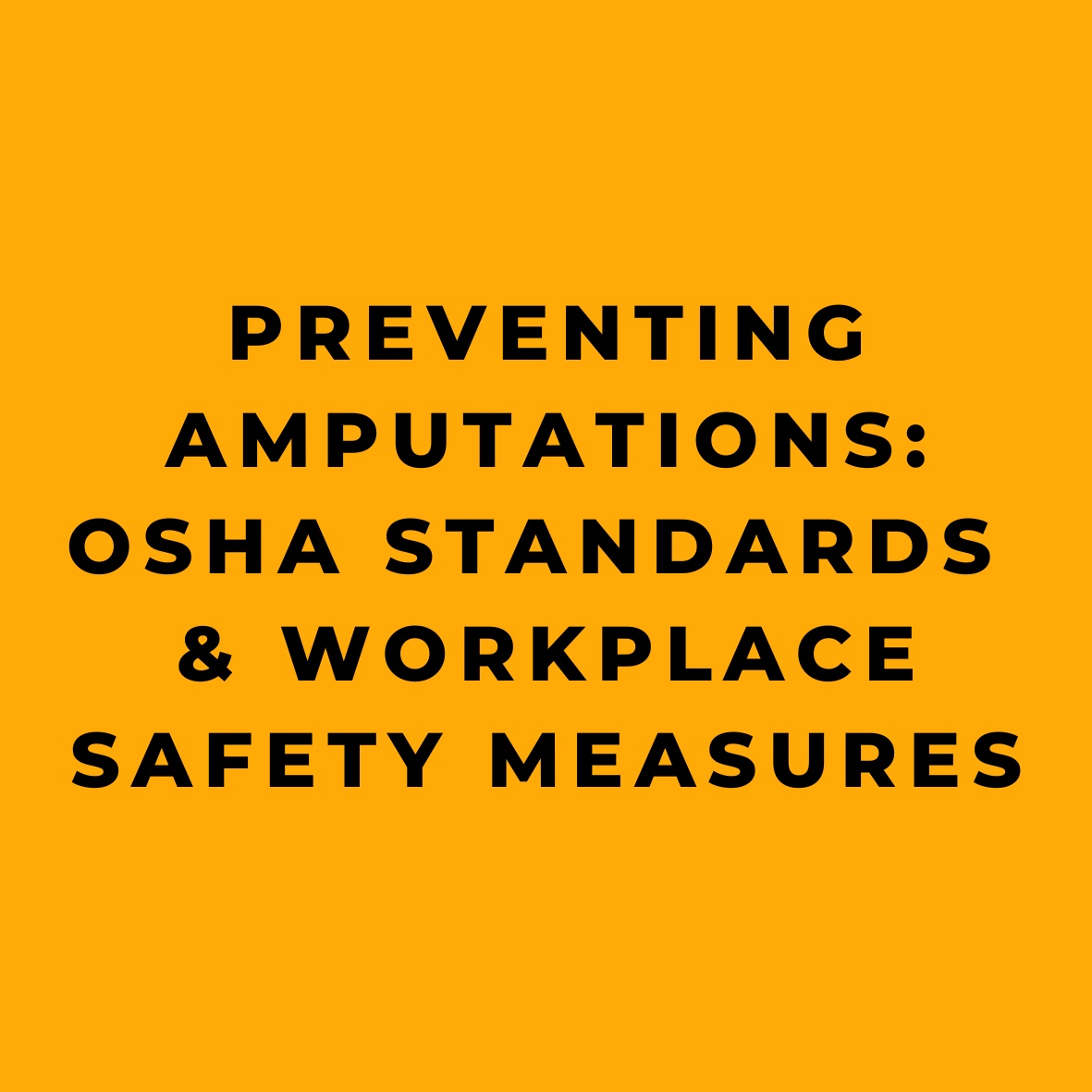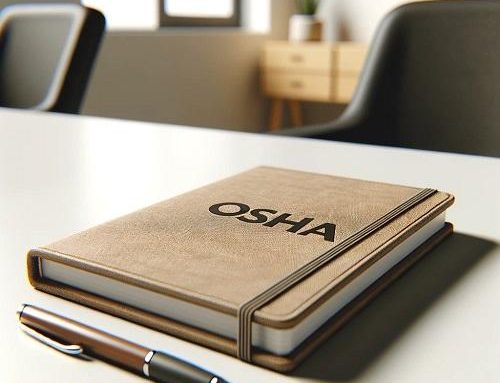Let’s talk about amputations – some of the most severe and life-altering workplace injuries out there. These incidents can happen in various situations and involve all sorts of equipment.
In 2018, work-related amputations accounted for 6,200 cases requiring days away from work, making up about 0.5% of all such cases. Though infrequent, these injuries led to a median recovery time of 31 days, significantly longer than the overall median of 9 days for all injury types. A staggering 58% of amputations (3,580 cases) involved machinery, while 15% were related to parts and materials, and 7% were associated with tools, instruments, and equipment. This article explores the importance of adhering to safety guidelines and OSHA standards to prevent amputation hazards in the workplace.
Amputations often occur when workers use unguarded or poorly safeguarded equipment like mechanical power presses, power press brakes, conveyors, printing presses, roll-forming and roll-bending machines, food slicers, meat grinders, meat-cutting band saws, drill presses, milling machines, shears, grinders, and slitters. They can also happen during materials handling activities, using forklifts, doors, trash compactors, and powered and non-powered hand tools. Even tasks like setting up, threading, preparing, adjusting, cleaning, lubricating, maintaining machines, and clearing jams can expose workers to potential amputation hazards.
What Types of Machine Components are Hazardous?
So, which machine components are hazardous? Here’s a list:
- Point of operation – where the machine works on material.
- Power-transmission apparatuses – flywheels, pulleys, belts, chains, couplings, spindles, cams, gears, connecting rods, and other energy-transmitting components.
- Other moving parts – parts that move during operation like reciprocating, rotating, and transverse moving components and auxiliary machine parts.
What Kinds of Mechanical Motion are Hazardous?
What about hazardous mechanical motion? All mechanical motion can be potentially dangerous. Besides in-running nip points (“pinch points”), the most common hazardous motions include:
- Rotating – circular movement of components like couplings, cams, clutches, flywheels, spindles, shaft ends, and rotating collars that may catch clothing or force a body part into danger.
- Reciprocating – back-and-forth or up-and-down motion that could strike or entrap a worker between a moving part and a fixed object.
- Transversing – straight, continuous movement that may strike or catch a worker in a pinch or shear point between the moving part and a fixed object.
- Cutting – actions during sawing, boring, drilling, milling, slicing, and slitting.
- Punching – motion when a machine moves a slide (ram) to stamp or blank metal or other materials.
- Shearing – movement of a powered slide or knife during metal trimming or shearing.
- Bending – action when power is applied to a slide to draw or form metal or other materials.
Do OSHA standards address amputation hazards in the workplace?
Indeed, the Occupational Safety and Health Administration (OSHA) enforces several standards within Title 29 of the Code of Federal Regulations (CFR) to safeguard workers from amputations on the job:
- 29 CFR Part 1910 Subparts O and P pertain to machinery and machine guarding.
- 29 CFR 1926 Subpart I covers hand tools and power tools.
- 29 CFR Part 1928 Subpart D focuses on agricultural equipment.
- 29 CFR Part 1915 Subparts C, H, and J; 29 CFR Part 1917 Subparts B, C, and G; and 29 CFR Part 1918 Subparts F, G, and H address maritime operations.
How Can Employers Protect Workers from Amputations?
It’s crucial for employers to recognize, identify, manage, and control amputation hazards frequently encountered in the workplace, such as those stemming from machinery’s mechanical components, mechanical motion in or near these components, and tasks performed by workers during mechanical operations.
Employing work practices, staff training, and administrative controls can help prevent and manage amputation hazards. Machine safeguarding using the following equipment is the most effective approach to prevent amputations caused by stationary machinery:
- Guards offer physical barriers that restrict access to hazardous areas. They should be sturdy and secure, with no possibility for workers to bypass, remove, or tamper with them. Guards must not impede the operator’s view or hinder employees’ work.
- Devices assist in avoiding contact with points of operation and can either replace or supplement guards. Devices can disrupt a machine’s normal cycle when the operator’s hands are at the point of operation, prevent the operator from reaching into the point of operation, or retract the operator’s hands if they approach the point of operation during machine cycles. They must enable safe lubrication and maintenance without introducing hazards or interfering with normal machine operation. Additionally, devices should be secure, tamper-proof, and long-lasting.
As an employer, you are responsible for machine safeguarding and should take this into consideration when purchasing machinery. New machinery typically comes with safeguards pre-installed by the manufacturer. You can also buy appropriate safeguards separately or fabricate them in-house.
Is it True That Certain Jobs Pose a Higher Risk to Specific Employees?
You bet. According to the Fair Labor Standards Act, the Secretary of Labor has identified a handful of nonfarm occupations as particularly hazardous for workers under 18 years old. Generally, these young folks are barred from operating equipment like band saws, circular saws, guillotine shears, punching and shearing machines, meatpacking or meat-processing machines, paper product machines, woodworking machines, metal-forming machines, and meat slicers.
Know Your Rights, Workers! As a worker, you’re entitled to: • A work environment that won’t put you at risk of serious harm. • Access to information and training (in a language and vocabulary you understand) regarding workplace hazards, prevention methods, and applicable OSHA standards. • The ability to review records of work-related injuries and illnesses. • The right to file a complaint with OSHA if you think there’s a serious hazard at your workplace, or if your employer isn’t following OSHA’s rules. Rest assured, your identity will be kept confidential. • Freely exercise your rights under the law without retaliation, such as reporting an injury or discussing health and safety concerns with your employer or OSHA. If you’ve experienced retaliation for exercising your rights, you need to file a complaint with OSHA as soon as you can, but no later than 30 days.
References:










